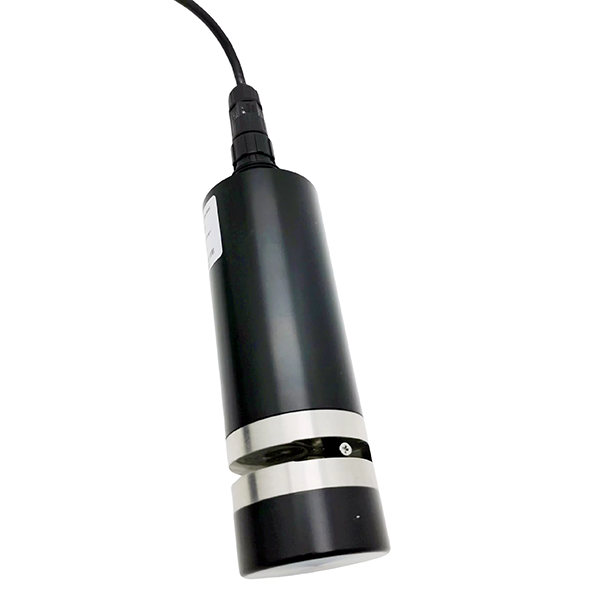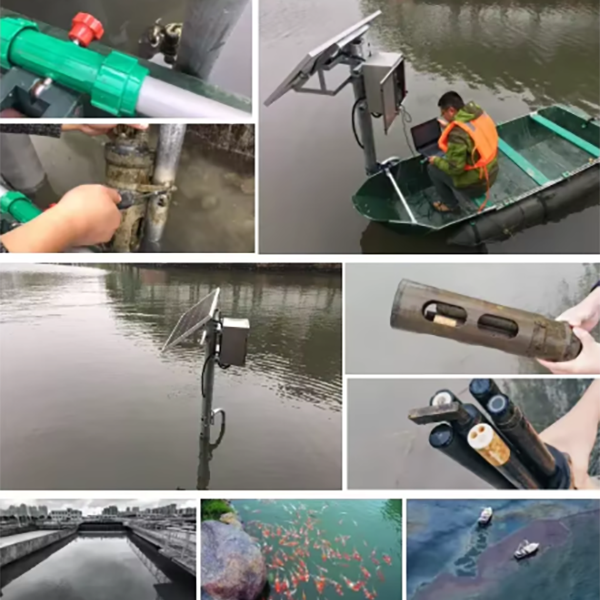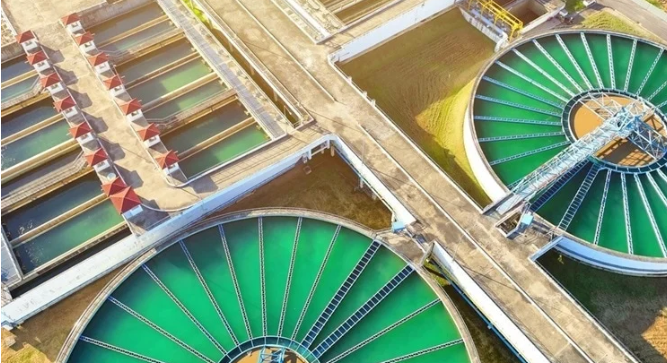In wastewater treatment, monitoring organic loads, particularly Total Organic Carbon (TOC), has become critical to maintaining efficient and effective operations. This is especially true in industries with highly variable waste streams, such as the food and beverage (F&B) sector.
In this interview, Jens Neubauer and Christian Kuijlaars from Veolia Water Technologies & Solutions talk to AZoMaterials about the importance of TOC monitoring and how advancements in TOC technology are transforming wastewater treatment processes.
Why is monitoring organic loads, particularly Total Organic Carbon (TOC), crucial in wastewater treatment?
Jens: In most wastewater, the majority of contaminants are organic, and this is especially true for the F&B sector. Therefore, the main task of a sewage treatment plant is to break down these organic substances and remove them from the wastewater. Process intensification is making wastewater treatment faster and more efficient. This requires constant monitoring of wastewater composition to quickly address any fluctuations, ensuring effective cleaning despite shorter treatment times.
Traditional methods for measuring organic waste in water, like chemical oxygen demand (COD) and biochemical oxygen demand (BOD) tests, are too slow — taking hours up to days — making them unsuitable for modern, faster treatment processes. COD also required toxic reagents, which is not desirable. Comparatively, organic load monitoring using TOC analysis only takes a few minutes and does not involve toxic reagents. It is well suited for process analysis and also delivers more accurate results. This transition towards TOC measurement is also reflected in the latest EU standards regarding discharge control, in which TOC measurement is the preferred method. The Commission Implementing Decision (EU) 2016/902 established the best available techniques (BAT) conclusions under Directive 2010/75/EU for common wastewater treatment/management systems in the chemical sector. Subsequent BAT decisions can be referenced on this topic as well.
What role does TOC monitoring play in maintaining the efficiency and effectiveness of wastewater treatment systems?
Jens: TOC monitoring provides valuable information on carbon loading at various points in the process.
Monitoring TOC before biological treatment allows it to detect disturbances in carbon loading and divert it to buffer tanks as needed. This can avoid overloading the biology and returning it to the process at a later stage, allowing for the safe and stable operation of the plant. Measuring TOC before and after the settling step also allows operators to control coagulant dosing by optimizing carbon addition so as not to starve or overfeed the bacteria in aeration tanks and/or during the anoxic phases.
TOC monitoring provides information on carbon levels at the discharge point and removal efficiency. Monitoring TOC after secondary sedimentation provides real-time measurements of carbon released into the environment and proves that limits are met. Furthermore, organics monitoring provides information on carbon levels to optimize tertiary treatment for reuse purposes and can help optimize chemical dosing, membrane pre-treatment, and ozone and UV dosing.


Post time: Oct-17-2024


